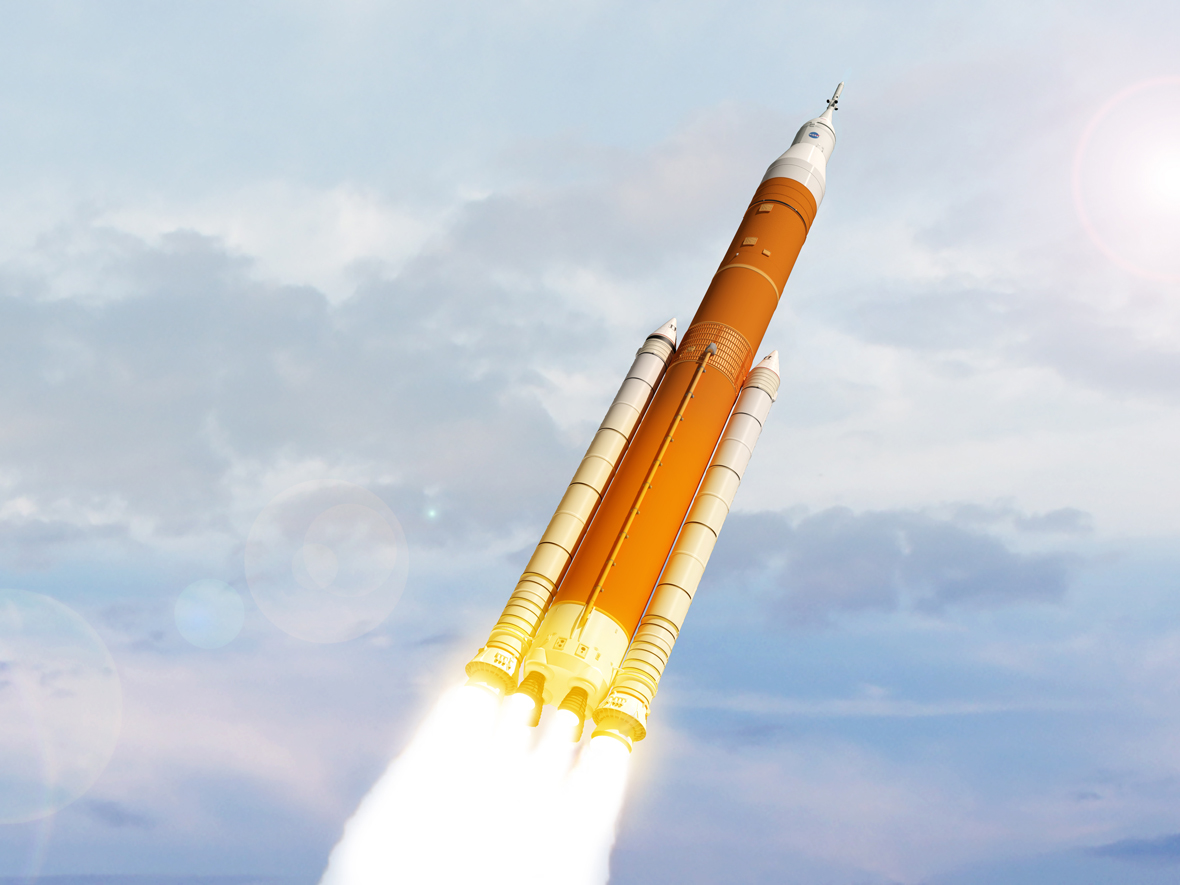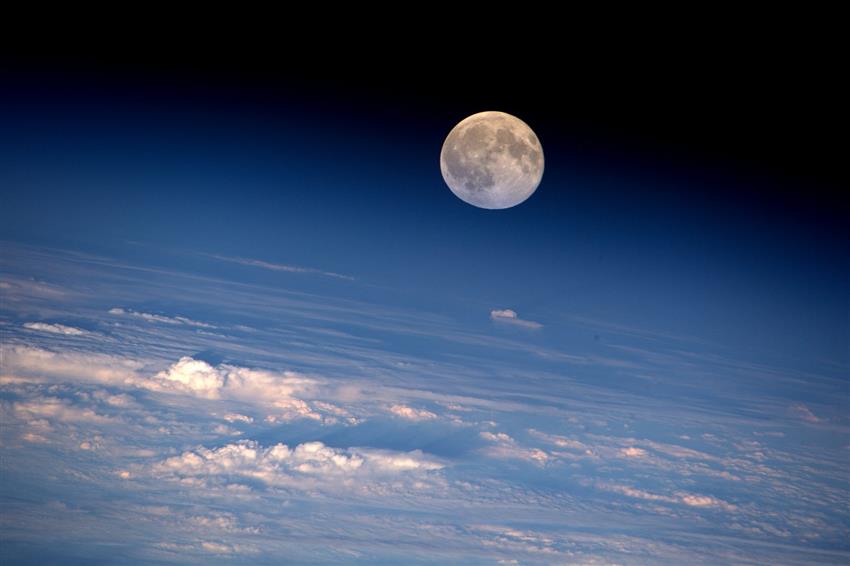Gateway
The United States-led Gateway will be the next major international collaboration in human space exploration. It is an important part of an ambitious plan by NASA and the International Space Station (ISS) partners, including Canada, to send humans deeper into space than we have ever been.
Canada is contributing a robotic system, Canadarm3, to Gateway, a small space station in lunar orbit.
About Gateway
NASA is spearheading the initiative to establish Gateway, a space station in lunar orbit. About one-sixth of the size of the ISS, this new outpost will be developed, serviced, and utilized in collaboration with international and commercial partners.
Gateway will be:
- a science laboratory;
- a testbed for new technologies;
- a rendezvous location for exploration of the surface of the Moon;
- a mission control centre for operations on the Moon; and
- one day, a stepping stone for voyages to Mars.
When fully assembled, Gateway will include modules for scientific research and living quarters for crews of four astronauts. They will be able to live and work on Gateway for up to three months at a time, occasionally travelling to the lunar surface to conduct science and test new technologies. Eventually, these missions could last longer in order to prepare for the deeper-space missions of the future.
Unlike the ISS, Gateway will not be crewed continuously, though it will be inhabited at least once a year. Canadarm3 will tend to Gateway and perform some tasks autonomously. However, the robotic system will also be operated by robotics flight controllers in Canada, or by Gateway crew during spacewalks.

Getting to the Moon requires a powerful launch system able to pull away from Earth's strong gravitational field. The journey will take several days. NASA's Space Launch System (SLS) is a new type of rocket that will carry a maximum of four astronauts to the area around the Moon. (Credit: NASA)
Timeline
Like the ISS, Gateway will be assembled in stages, using both NASA and commercial launch vehicles.
The first two elements of Gateway – the Power and Propulsion Element (PPE) and the Habitation and Logistics Outpost (HALO) – will launch together in . Other modules will be added afterwards.
Gateway is expected to support science and technology demonstrations by .
Why orbit the Moon?
The area of space around the Moon can help us prepare for human missions to more distant destinations like Mars.
Building a space station around the Moon allows for:
- A deeper understanding of the possible health effects of cosmic radiation and solar storms on astronauts living and working outside of Earth's protective magnetic field
- Access to the lunar surface to conduct cutting-edge science
- A unique setting for technology demonstrations
- Observations of the stars, our Sun, and our planet
- An easier return to Earth

